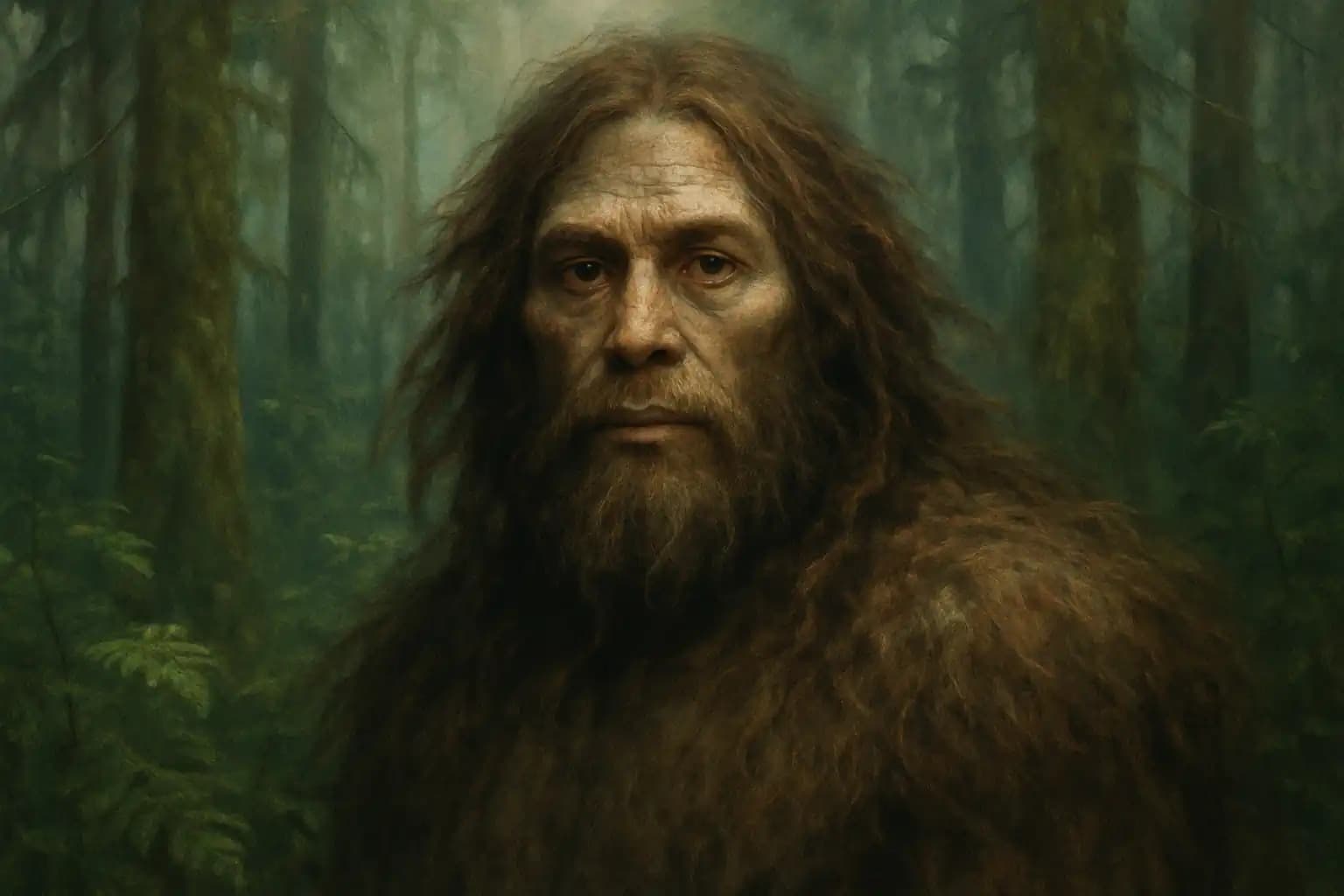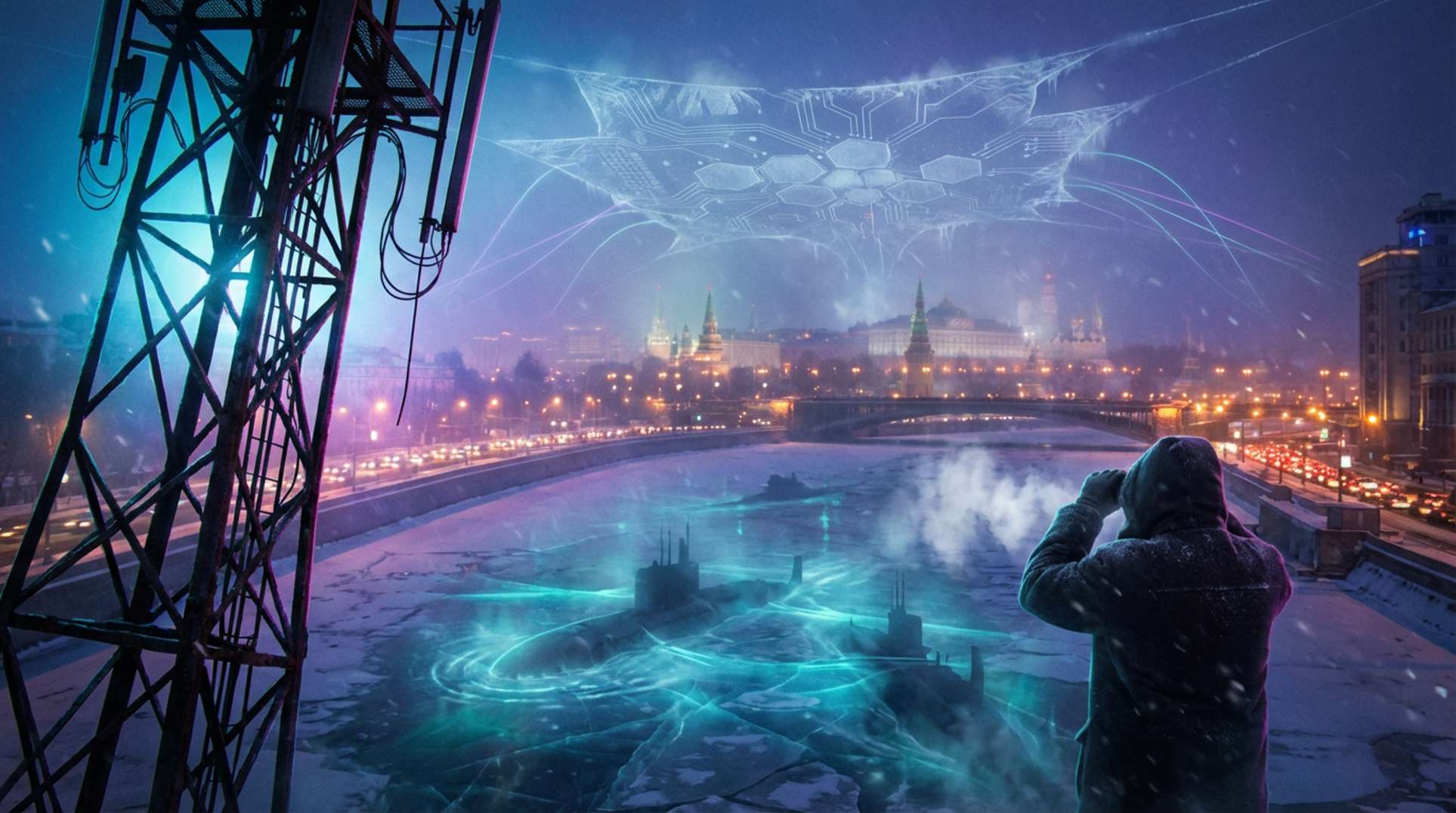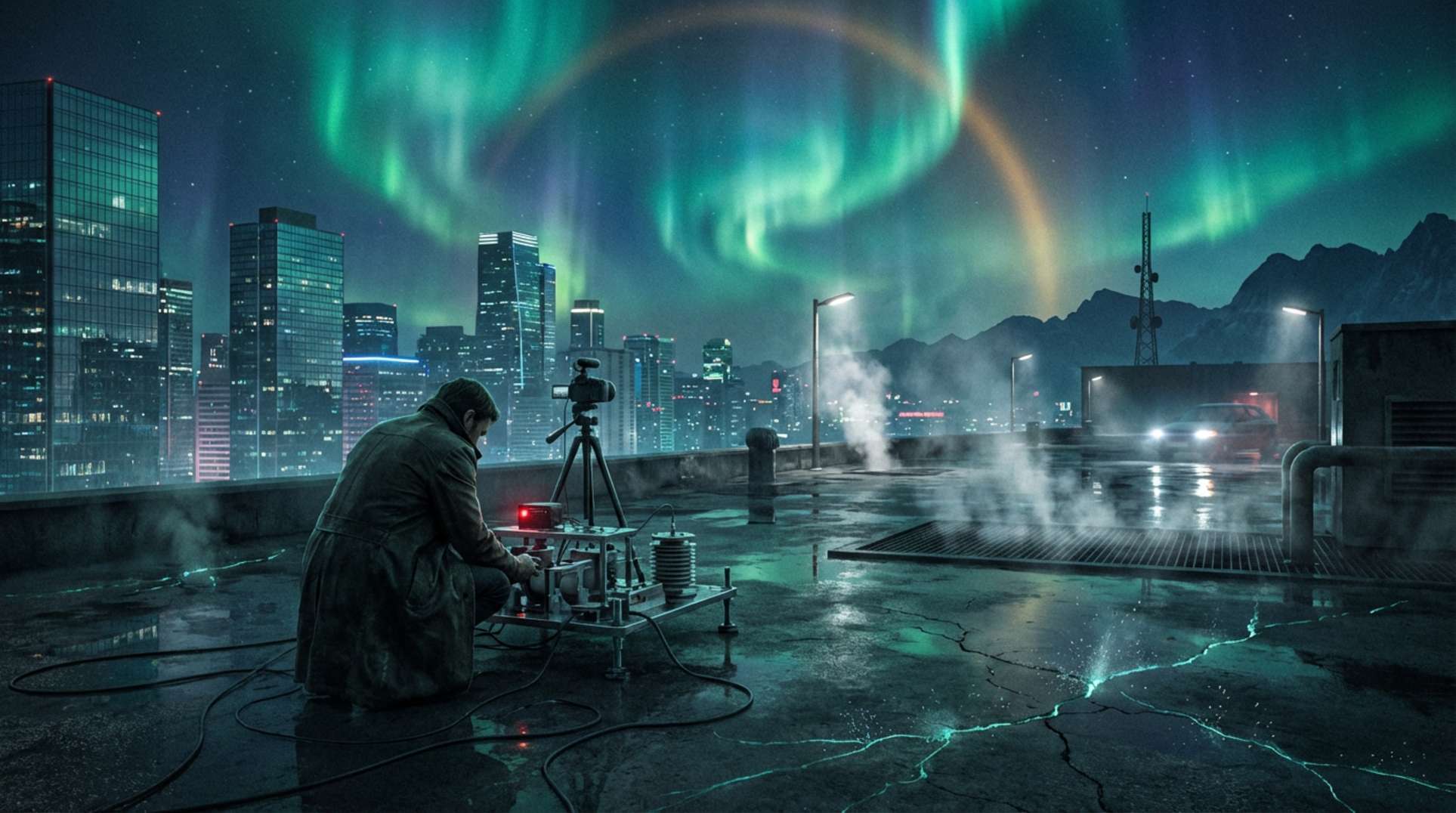Is Bigfoot more human than we imagined? Beyond blurry sightings and shaky videos lies a compelling narrative ingrained in ancient traditions: the tale of humans transforming into the elusive Sasquatch. This theory, preserved by generations of First Nation cultures, urges the modern world to reconsider humanity’s nature—and the mystery itself.
Human Origins or Mythical Transformation?
Ancient legends from First Nations communities across Canada describe Sasquatch differently from contemporary folklore. These stories depict creatures as humans altered by an inexplicable, otherworldly force. Accounts suggest that the transformation is not merely physical; individuals undergo an existential shift, bridging a profound gap between wilderness and civilization and hinting at a hidden world threatening modern survival.
This powerful myth echoes in historical testimonies, urging society to view these legendary accounts as more than mere folklore.
Historical Echoes: Newspapers and Forgotten Stories
Old newspapers subtly support this enigmatic perspective. Reports from the early 20th century frequently described Sasquatch encounters characterized by human traits. Witnesses noted melancholy expressions and human-like gestures, evoking familiar emotions. Such accounts lend unexpected credence to indigenous oral histories and remind today’s society of unsolved mysteries like the strange phenomena observed along the West Coast.
However, as newspaper circulation modernized, interpretations shifted. The narrative transformed from solemn human transformation to wild beast sightings, causing society to forget these nuanced accounts.
Scientific Scrutiny and the Sasquatch Puzzle
Motivated by ancient and modern tales, researchers and enthusiasts have scrutinized alleged evidence. While mainstream science often dismisses Bigfoot as folklore due to misidentifications or hoaxes, the persistence of Sasquatch stories across diverse cultures sparks genuine curiosity (Wikipedia).
Cryptozoologists express cautious optimism, intrigued by peculiar footprint casts and hair samples. Ongoing debates persist, fueled by the belief that truths may lie just beyond scientific reach, akin to Egypt’s hidden historical truths awaiting revelation.
Mystery, Wilderness, and Cultural Significance
Why does humanity seek out Bigfoot? This quest mirrors our desire to understand our place within nature. The allure of Sasquatch as a transformed human highlights deeper cultural reflections—discussions about identity, belonging, and our delicate interaction with untamed landscapes.
In an era marked by rapid technological growth and environmental anxieties, exploring such stories, viewed as allegories or misunderstood historical facts, enriches society’s introspective journeys about survival, transformation, and cultural life.
The Ongoing Search for Answers
Ultimately, the theory of Bigfoot as a human-transformed figure resonates because humanity is drawn to mystery and its possibilities. Platforms like Unexplained.co keep the conversation alive, pushing the boundaries between folklore and reality; they encourage us to approach mysteries not only with skepticism but with wonder.
As long as sightings endure, stories persist, and wilderness invites exploration, the truth behind Sasquatch remains tantalizingly uncertain. Perhaps therein lies the value: a reminder of our expansive imagination and enduring secrets hidden within nature’s fabric.




